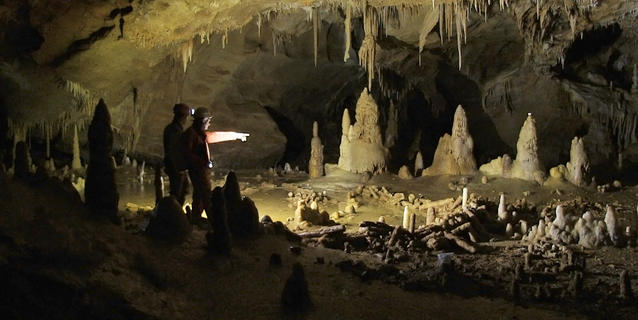 |
|
|
|
|
Cave Structures Shed New Light on Neanderthals
|
|
05.25.2016
|
|
Archaeology
The recent discovery of broken stalagmites arranged in circles in the Bruniquel Cave (southwestern France) indicate that humans started occupying caves much earlier (more than 100 millennia) than previously thought. These man-made structures also rank among the very first in human history and traces of fire show that Neanderthals knew how to use it to navigate dark and enclosed spaces, well before Homo sapiens.
|
|
Watch the video
|
|
|
|
|
|
|
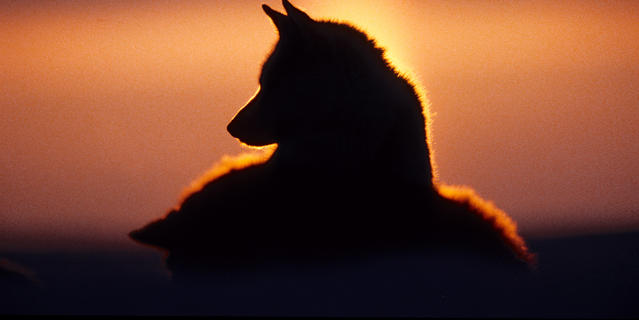 |
|
|
|
|
Rethinking the Origin of Dogs
|
|
06.02.2016 |
|
Biology
Unlike what most geneticists previously thought, the ancestor of modern-day dogs may not be a hundred percent Asian. Man’s best friend could in fact be a cross between two genetic “relatives,” one that was domesticated in East Asia and the other in Western Europe.
|
|
Read the article
|
|
|
|
|
|
Also this month
|
 |
|
|
|
Bringing Mandela’s Voice Back to Life
|
|
05.19.2016 |
|
Engineering More than 50 years after Nelson Mandela’s trial, the 230 hours of hearings have been digitized and returned to South Africa—a challenge made possible by a device called the “Archeophone.” |
|
Read the article
|
|
|
|
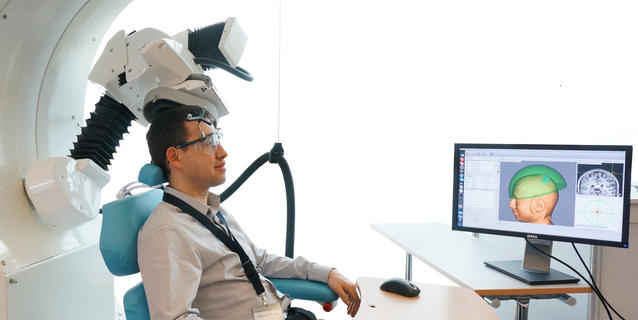 |
|
|
|
The Robot Will See you Now
|
|
05.24.2016 |
|
Medicine Winner of the startup contest at the 2016 Innorobo international forum in Paris, Axilum Robotics’ TMS-Robot is a huge step forward in magnetic brain-stimulation procedures, pointing to the promising introduction of robotics in the medical field. |
|
Read the article
|
|
|
|
|
|
|
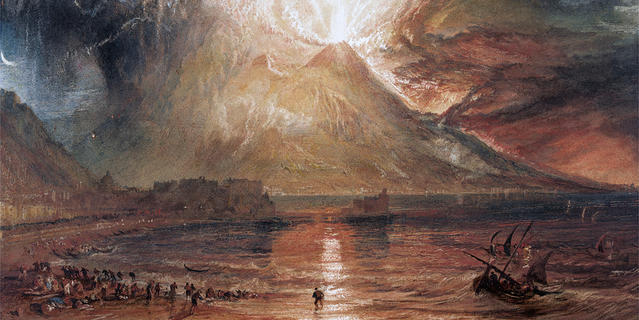 |
|
|
|
Ancient Naples: the Writing on the Wall
|
|
05.16.2016 |
|
Archaeology Whether it be temples, statues or artifacts, archaeological remains are irreplaceable testimonies of the past. Yet to those who know how to listen, other, rather unexpected witnesses such as... pollution have a story to tell. |
|
Read the article
|
|
|
|
 |
|
|
|
Raoul Wallenberg, a Forgotten Hero
|
|
05.31.2016 |
|
History Seventy-one years after he disappeared in Budapest, the Swedish diplomat Raoul Wallenberg, who saved tens of thousands of Jews from deportation by giving them Swedish papers, was officially declared dead by the government of his country. |
|
Read the article
|
|
|
|
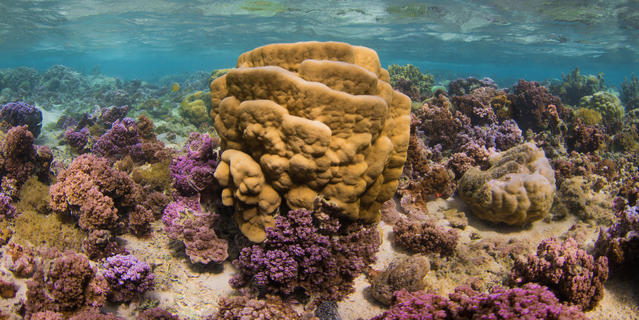 |
|
|
|
Exploring Coral's Hidden Biodiversity
|
|
05.26.2016 |
|
Marine biology The research vessel Tara sets off to the Pacific on a two-year mission to study coral reefs and assess the unprecedented threats from climate change on this fragile ecosystem, home to 30% of our oceans' biodiversity. |
|
Read the article
|
|
|
|
|
|
|
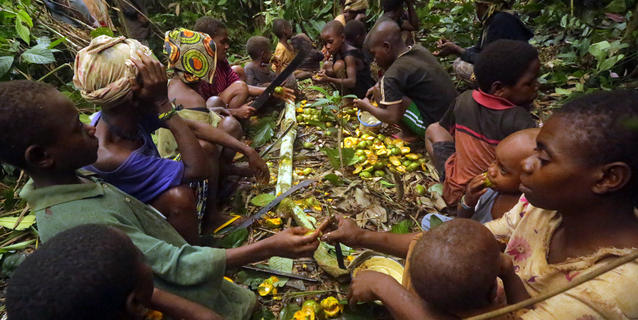 |
|
|
|
A Mango Harvest with the Baka Pygmies
|
|
05.11.2016 |
|
Anthropology Deep in the African equatorial forest, the Baka pygmies of Cameroon live in symbiosis with their environment. The anthropologist Laurent Maget joined them during mango harvest season. Depending on the seasons and needs, Pygmies practice hunting, fishing, and gathering. |
|
Access the slideshow
|
|
|
|